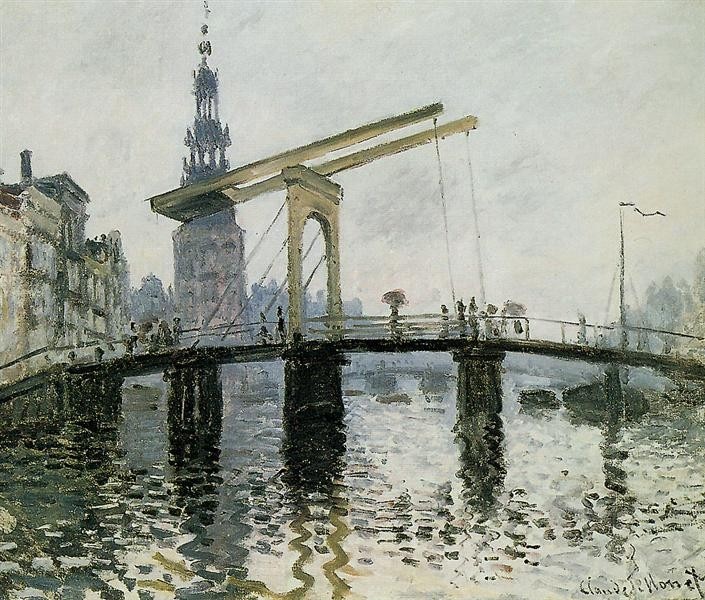A Dutch notarial document – dated October 27, 1275 – stated that a group of fishermen were exempt from paying the toll for crossing a bridge over the river Amstel.
This is the first record that marks the birth of one of the most famous cities in the world. The first record the community of Amsterdam originated from. Today is the anniversary of the city. Amsterdam. Literally, ‘Dam on the River Amstel.’
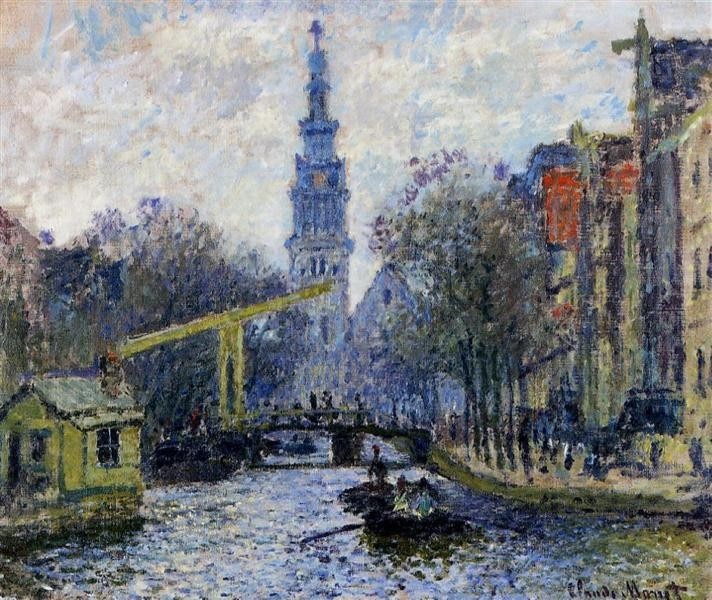
The port at the mouth of the Amstel quickly becomes a pivotal center for the area, especially for trade, and shortly thereafter, the bishop of Utrecht grants the community the right of a city.
Young Amsterdam was not only the hub of trade between Netherlands, England, France, and America, but also a city that embraced and revolutionized painting, from ancient Flemish art to the most contemporary forms of art.
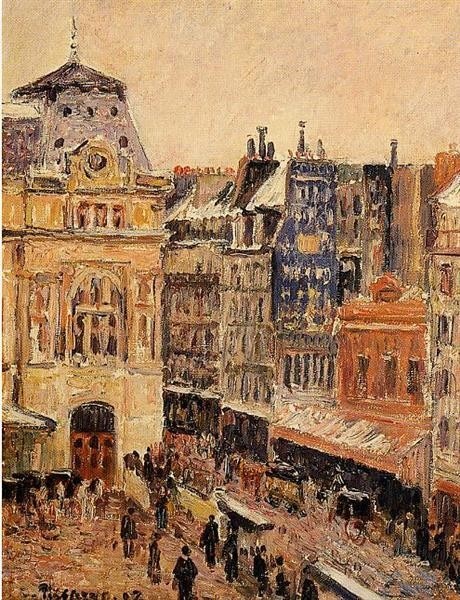
Amsterdam and the entire region of the Netherlands inspired many famous artists. From Jan Van Eyck to Hieronymus Bosch, Rogier Van Der Weyden, Pieter Bruegel, not to mention Rembrandt, Vermeer, Mondrian, or Van Gogh, just to name a few.
When delving into the characteristics of Flemish art and the main features of the movement, we need to keep in mind the revolution it introduced with the use of oil painting on panel or canvas. Completely different from Italian tempera techniques, it featured a realistic, detailed, and passionate style where the characters conveyed stories and emotions, pain, and despair. Here the unreal and the imaginative took shape, as Bosch exemplified in The Garden of Earthly Delights triptych.
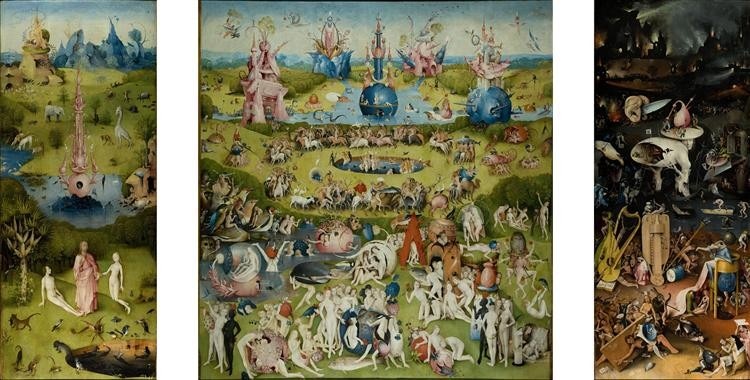
Flemish painting is essentially characterized by its meticulous attention to detail, which was needed to transcribe scenes of everyday life onto canvas. Even the smallest items of crockery played a key role as artistic devices, used to describe the beauties of nature, just like Bruegel’s meticulous work on the flora and fauna.
Warm, vibrant, and intense tones, all contributed to the creation of works of extraordinary scenic realism.
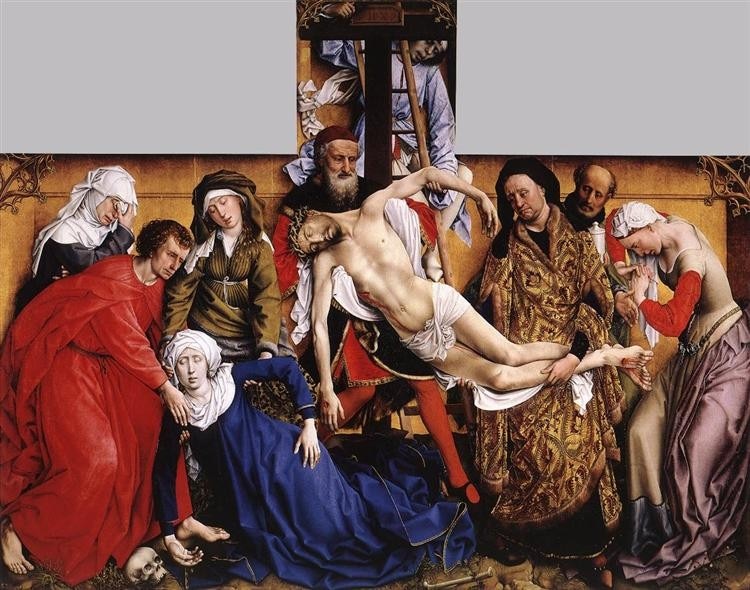
Ancient Flemish art turned the rules of painting upside-down. Iconography and iconology began to take on more captivating forms and variations, filled with realism and feeling.
However, in the contemporary era, the distinction almost vanished, conforming the style to a more European rather than Flemish level. In fact, the city of Amsterdam itself played the role of both subject and object of inspiration.

Claude Monet painted it under the snow, portraying its canals and bridges. Camille Pissarro depicted its architecture. Rembrandt sketched its windmills, and Abraham Storck portrayed its ports. It was a comprehensive narrative where nothing was left to chance. Every feature echoed the details of a city with a thousand faces and a thousand souls.
‘We drove over a canal and from atop the bridge I could see dozens of houseboats moored along the water. It looked nothing like America. It looked like an old painting, but real – everything achingly idyllic in the morning light,’ describes the city John Michael Green, an American writer and literary critic.
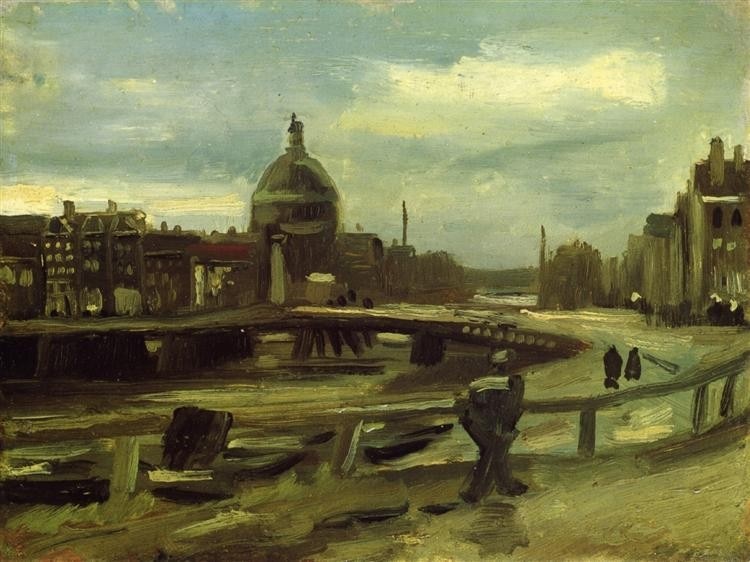
Opening image: Claude Monet, The Bridge, Amsterdam, 1874


